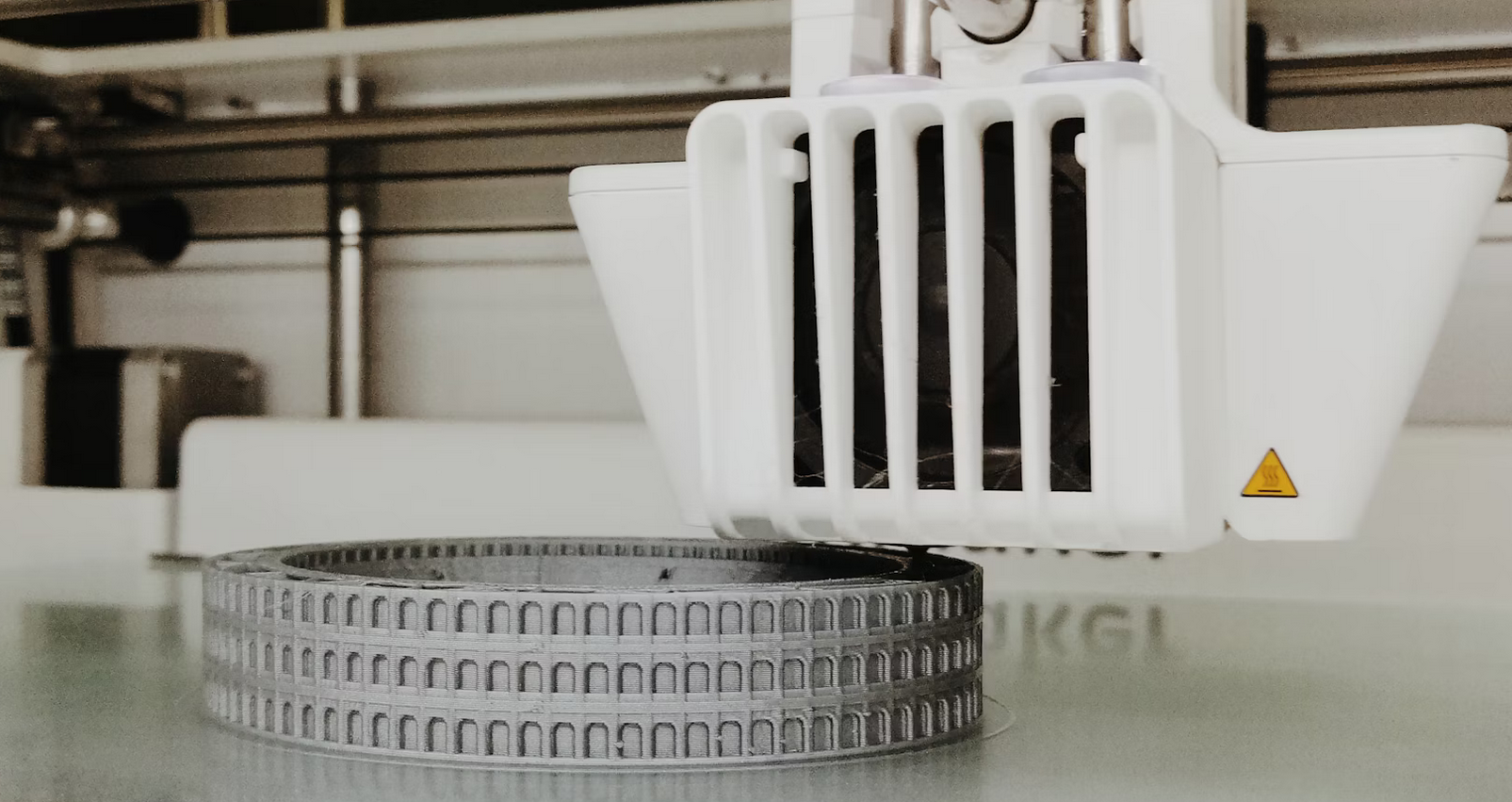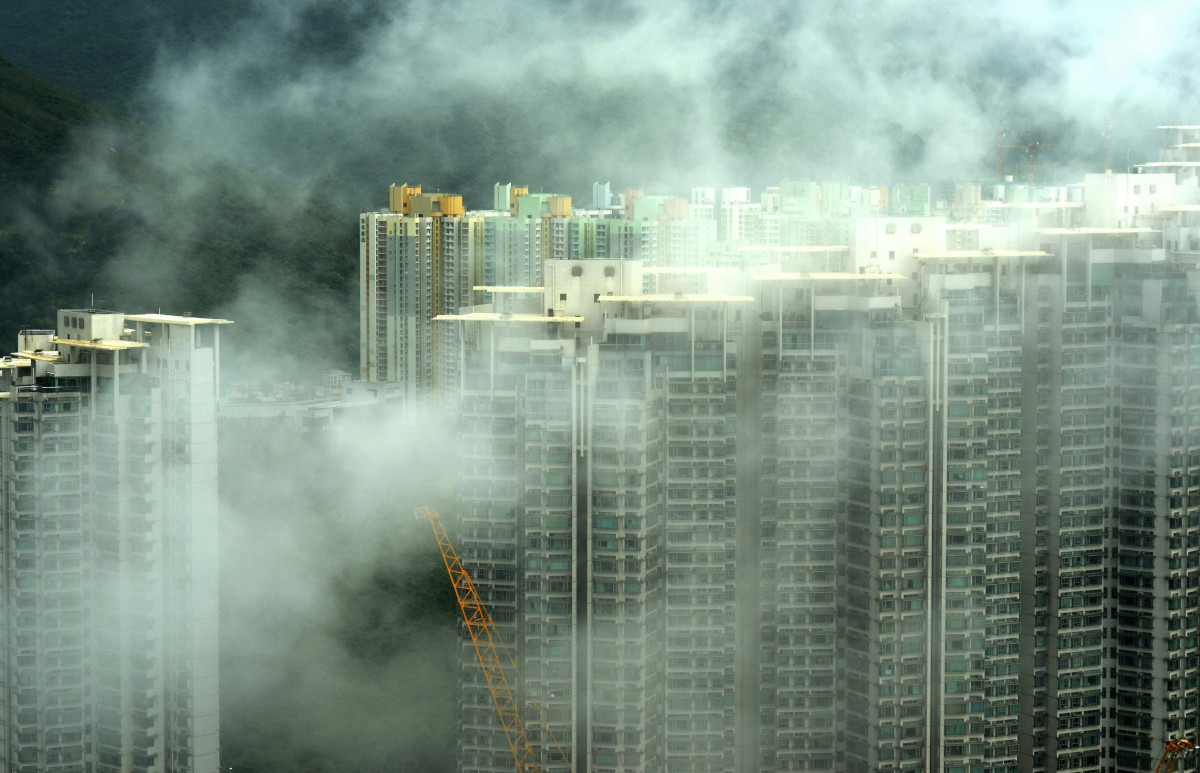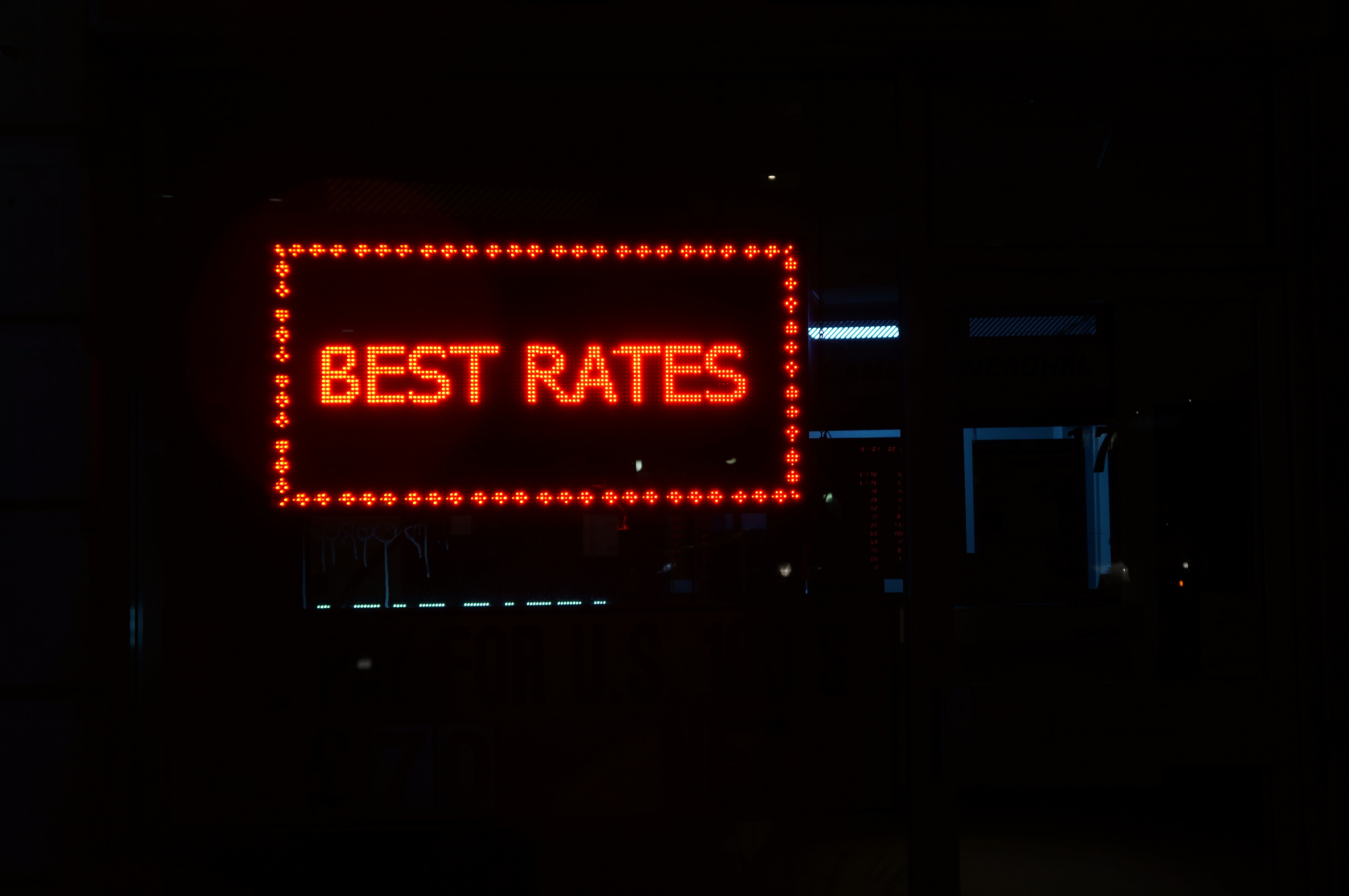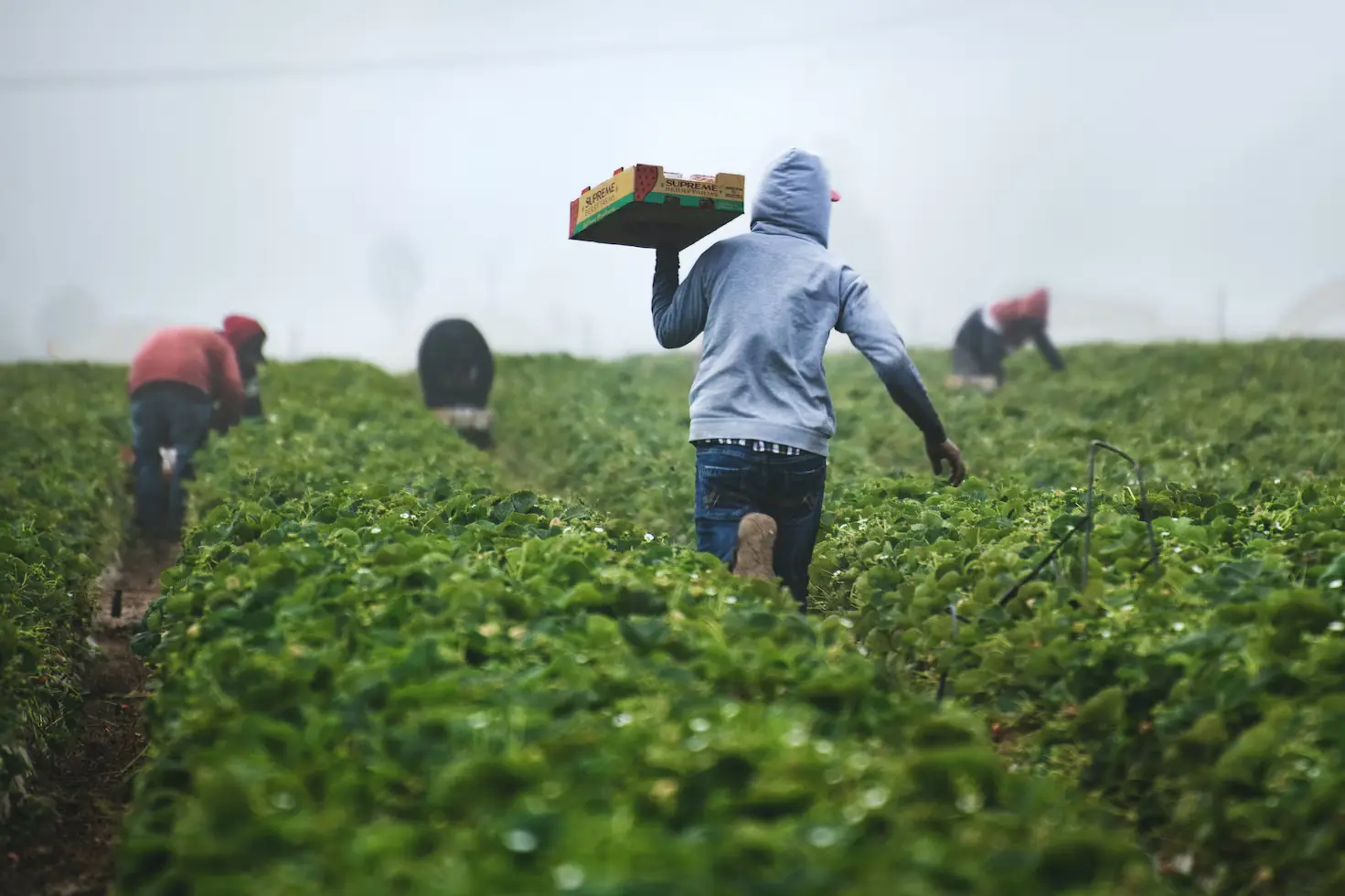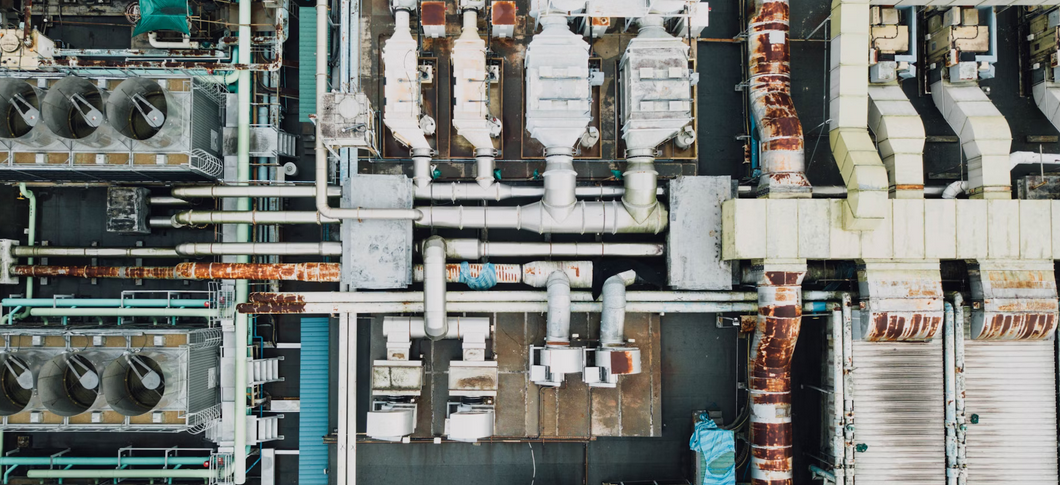
Climate, subsidies, and investment
The push for commodification of carbon and the establishment of carbon markets has warped our understanding of investment and workable solutions to climate change. Nowhere is this clearer than in the Carbon Capture and Storage discussion.


